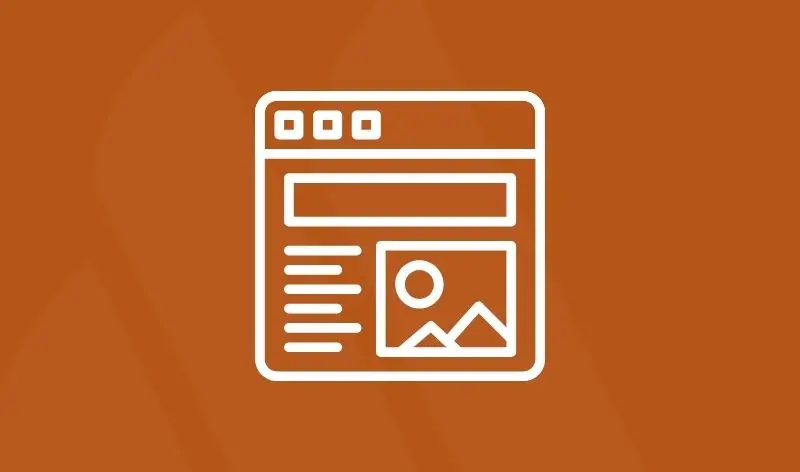
Cost Optimization
Improving your bottom line isn’t just about increasing your revenue but also comes down to reducing outgoings where you can. Reducing direct costs can dramatically increase your profit on each sale while eliminating unnecessary business overhead. Here are some things to consider for optimizing operational costs.
Lower the cost of purchases
Reducing what you pay for raw materials, components, or employees who work directly on output will have a significant impact on optimizing your costs. This assumes of course that you can maintain the quality and service your customers expect. List your direct costs from the most to the least, select the top ten and then see if you can:
- Research and source cheaper suppliers.
- Ask your existing suppliers to renegotiate deals, offer early payment discounts, or review more favorable terms. If you haven’t queried costs for some time, it’s never too late to ask and can be especially relevant for technology-based services such as internet hosting and telco services (where costs drop each year).
- Buy in bulk, which often comes with volume discount. Then consider where you can streamline expenses through larger but less frequent purchases.
- You may also wish to consider whether switching out one ingredient or component for a more cost-efficient alternative is an option a customer may not notice or mind.
- Identify which of your products or services offer the slimmest margin for your business. Investigate if there is an alternative way, such as outsourcing or the use of contractors on an as-needed basis.
- Change your product mix and stop selling the things that are expensive to service or produce. If you can sell items that cost less to make or deliver, all things being equal, you’ll save costs.
- Use any group discounts from chambers or industry groups. For example, association membership often provides supplier discounts to secure rates that are beyond the buying power of individual businesses.
- Look offshore to see if importing products or services will lower any direct costs.
Lower the cost of expenses
At times it’s possible to lower your overhead while still operating effectively. Similar to reducing purchases, rank your most expensive costs in order and then start working your way down, applying cost-saving tactics in areas where you’ll see the most reward.
You can try:
- Sub-contracting instead of having full time overhead.
- Deleting a product line or service if it’s sold infrequently and is expensive to maintain or hold, for example, you may need extra warehouse space, dedicated employees, or machinery that needs replacing.
- Audit your operations to spot wastage from inefficient processes or shrinkage from theft or poor management of consumables.,
- Switching manual processes to digital operations to cut down on things like paper, printing, and stationery, not to mention labor and the cost of inefficient workflow. Ask yourself: where could you potentially streamline your business through digitization or automation?
- Pinpointing inefficient costs such as cutting down on energy costs or getting rid of obvious overcapacity, such as unused phones, subscription costs and computer equipment.
- Measuring the impact of advertising and the return on your advertising spend. What may have worked in the past may not be bringing the returns it once did, and your marketing budget could perhaps be more beneficial if used in other channels with a more strategic approach.
- Get smart about your tax bill by claiming everything you can as an expense to reduce the amount of tax you have to pay. Work with your accountant to understand what you can claim, and ensure you keep all necessary documentation (good accounting software can help with this).
Refinance to lower costs
Find out if it’s worthwhile to re-finance or amend how you bank. It pays to keep an eye out for deals that would better serve your bottom line. Also talk to your banker, accountant or financial advisor about whether leveraging house equity or selling other assets may be a better way to refinance other debt. Business loans generally have higher interest costs than your equity, so using personal cash to pay off debt may work out to be a more economical option, long-term.
Use technology to track and measure
Implement online accounting software to monitor your budget, track your payments and give visibility over your financials well before tax time. Put robust systems in place that are checked frequently such as using regular cash flow forecasts, implementing clear payment terms and a robust payments process using online banking, so you can catch inefficiencies early.
Call on your advisors
Lean on the expertise of your accountant or business banker who can help keep you accountable to financial targets, highlight any areas of concern and give you systems and benchmarks to keep you on track. Regularly taking the time to review processes and activity within your business can help you reduce costs, while still maintaining your brand integrity and the quality of your service.
Next steps:
- Benchmarking your business against other similar companies may show that your performance is sub-standard. For example, your wastage levels might be higher than the industry average which is an opportunity to implement cost-saving solutions and to set goals.
- Talk to your staff and get them involved in ways to cut costs. You might be surprised at some of their ideas. Give them an incentive to suggest cost-saving ideas and ask what causes them problems or wastes their time. Employees are more likely to co-operate with cost-control initiatives if you explain the reasons for changes and the benefits to the business.
- Find out if there are any bulk buying groups to join.
- Contact your banker.
We’re Here to Help
Fill out the form below to learn more about how we can help your business.
"*" indicates required fields
Our Disclosures
For informational purposes only. There is NO WARRANTY, expressed or implied, for the accuracy of this information or its applicability to your financial situation. Please consult your financial and/or tax advisor.





